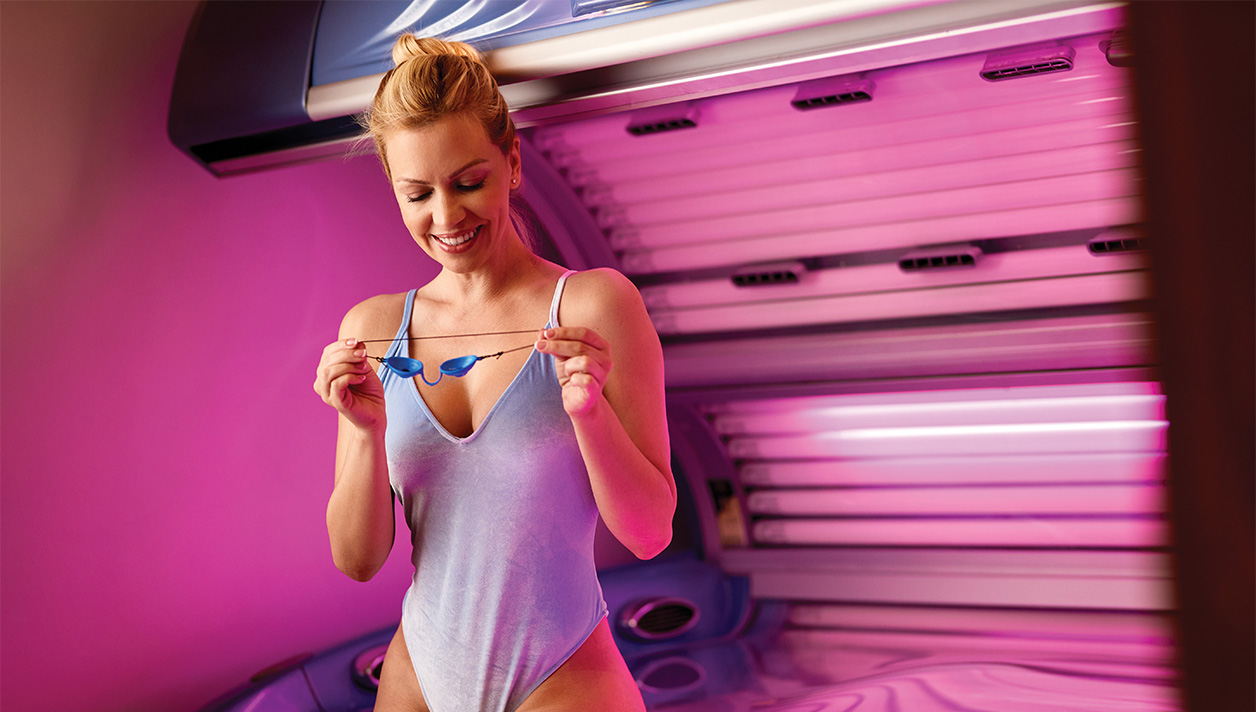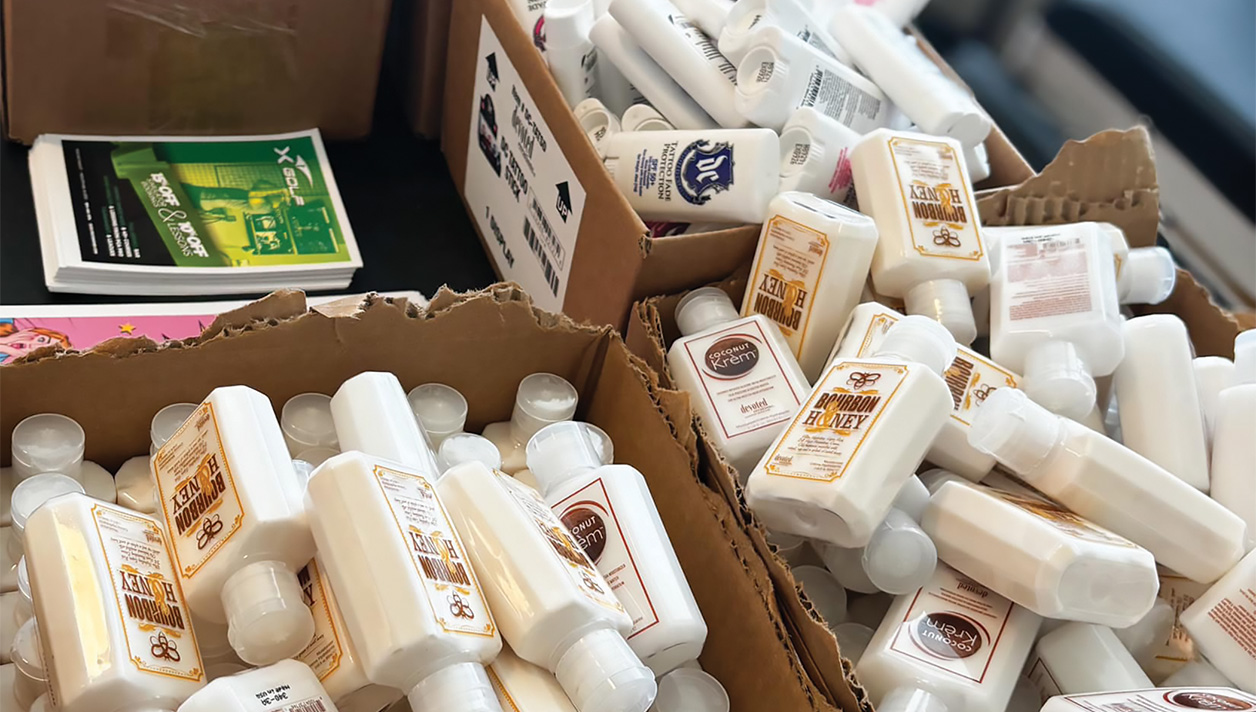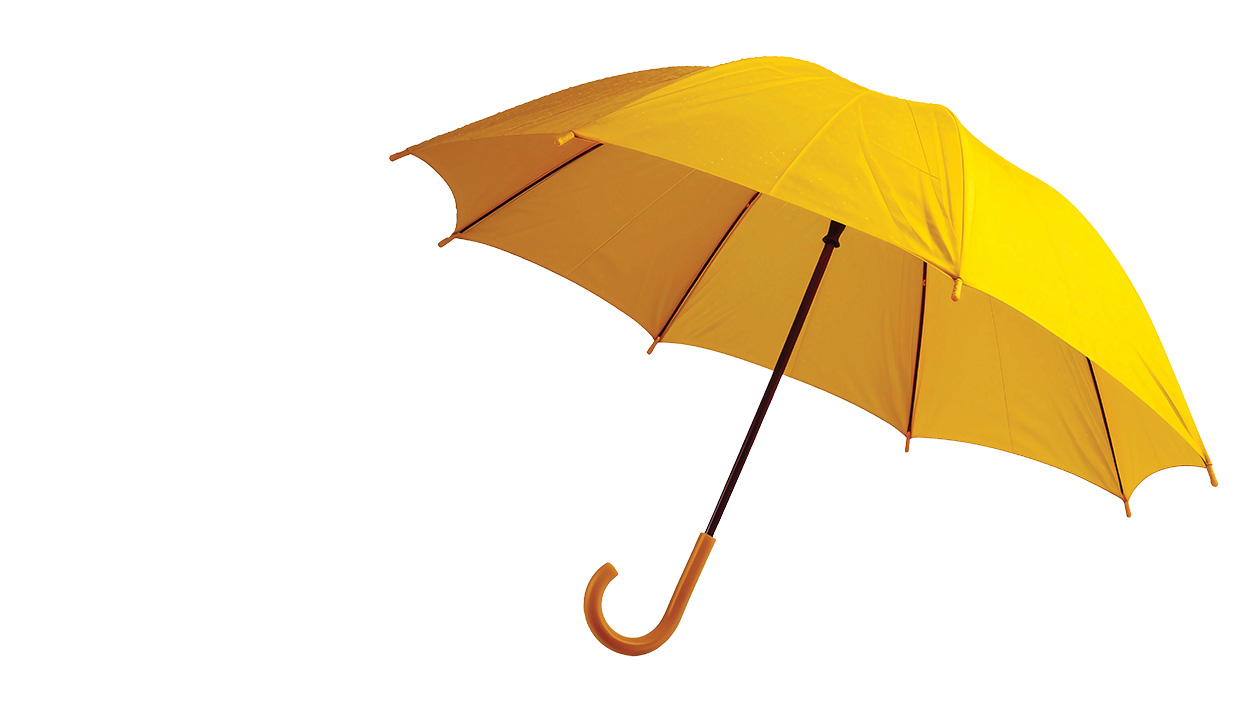We who work in the tanning industry believe in the benefits of indoor tanning; however, we often feel like salmon swimming upstream – constantly fighting the bully pulpits of the government and the American Medical Association. That being said, we also understand that there are dangers and limitations involved with tanning. That is why it is so important to be very careful when advertising the benefits of UV sessions, or of any service you are performing at your facility.
It is so important to be proud of your salon and the services you offer, but you don’t want to over-promise or under-deliver.
The most common health claim made by salon operators is that tanning can help reduce Vitamin D deficiencies. There are many health risks attached to this deficiency, such as depression, heart disease, stroke, cancer and osteoporosis. And the most effective way to increase Vitamin D in the body is through exposure to sunlight, which commercial tanning units emulate. However, when using this as an enticement to promote the use of sunbeds, salon operators must never claim that it will cure or prevent anything. That would essentially be giving medical advice and, unless you are a physician, is inappropriate and prohibited by the FTC.
It is also important to not downplay the risks involved with UV exposure. As with tanning in the natural sun, exposure of the skin to the UV tanning units can result in burns, regardless of the type of rays emitted by the lamps. To reduce the risk, you must do a skin-type evaluation for anyone who wishes to use a tanning unit, and stick to the equipment manufacturer’s recommended exposure time, regardless of the wishes/demands of the salon guest. And never say that it is “impossible” to burn; even if your tanning units emit only UVA rays, there is a possibility of burning with overexposure.
Many tanning salons offer ancillary services, each performed with a specific result in mind. For example, body-wraps are for weight loss, red-light therapy is for blemish/wrinkle reduction, and facials are for improving the skin’s tone and texture. And while you certainly should espouse these benefits, do not imply that a certain result will be attained. There is a reason every advertisement for a product has a disclaimer: “Results not typical. Individual results will vary.” You and your staff should keep this in mind when explaining any procedure to a salon guest. Describe the intended results, but also make a qualification that each person will have different results. This statement should also be included on all waiver/instruction forms.
There is a fine line that must be walked when discussing the benefits of your salon services. Over-promising can be very detrimental to your business; you might start seeing online reviews that claim you don’t deliver what you promise. Or, you might be sued for false advertising. Using superlatives in advertising – such as best, most, biggest, instant – opens you up to scrutiny. Do you really have the best tanning salon? Do you have the most swimsuits for sale? Will your customers see instant results? You might come under fire from not only your salon guests, but also your competitors.
In order to protect your business, your team must avoid making health or medical benefit claims. It is so important to be proud of your salon and the services you offer, but you don’t want to over-promise or under-deliver.




























